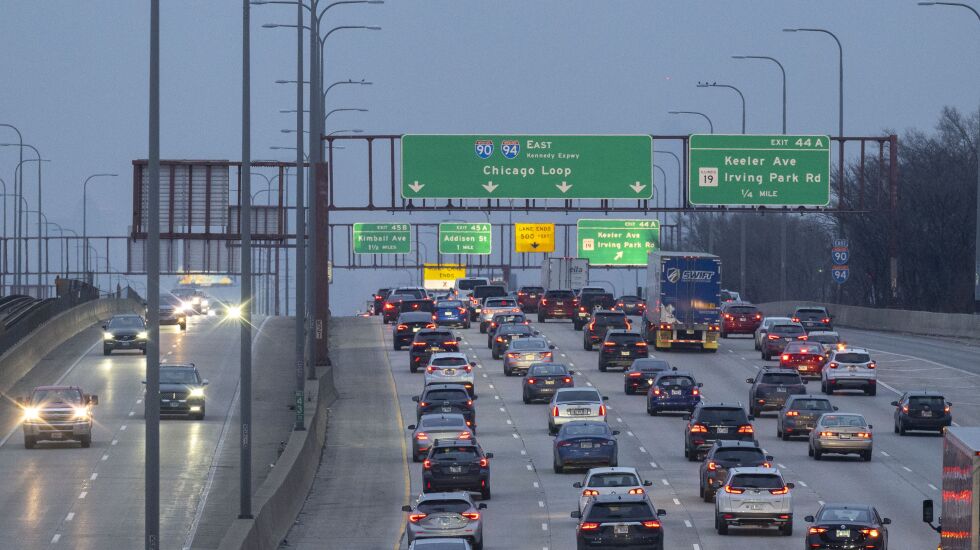
Seven pedestrians and four bicyclists are hit by cars every day in Chicago.
For those who are fortunate to survive, they suffer broken and fractured bones, internal bleeding, chronic pain and other physical injuries that can linger for months and years. The mental trauma lasts longer, as they fully or partially relive the crash every time they cross a street or pedal into a bike lane.
The medical bills arrive, and the seemingly never-ending stream of phone calls ensue with a health-insurance provider. What many victims don’t realize is that they may have another source of financial benefits, and it’s hiding in plain sight in their wallets and glove boxes.
We all know that our auto-insurance policies are supposed to provide coverage to us and members of our household when we’re injured in car accidents. That same coverage can also apply anytime somebody is injured by a vehicle — it doesn’t matter whether the victim was inside their own insured car or not.
That means people with car insurance can be financially protected anytime they’re walking, running or biking. Victims call my law office every day with these stories, and they think they don’t have easy options for relief.
The good news is that many household-name insurance companies do provide this coverage. But getting compensated is hard for customers who are insured through a lower-rate company, especially if they’re victims of hit-and-run or uninsured drivers, and there’s no other insurance company to contact for compensation.
That’s because several lower-rate car insurance companies require customers to sign contracts that deny this “pedestrian” coverage, insisting that customers must be inside their insured vehicles to receive compensation. These policies conflict with longstanding public policy in Illinois and several court rulings regarding insurance coverage.
When we take these cases to court, the lower-rate company argues that their policy is valid, in part, because it was approved by the Illinois Department of Insurance. And those approvals need to stop.
Fortunately, the Illinois Appellate Court ruled last September that auto insurance companies owe coverage to their customers in these pedestrian and cyclist situations. It was the first time the appellate court interpreted the public policy of Illinois as it relates to uninsured motorist coverage, which can apply when somebody is the victim of a hit-and-run.
The appellate court concluded that car insurance companies cannot deny payment to a customer just because the customer was a pedestrian at the time of the accident. And this coverage must extend to all members of the household named in the policy, meaning a customer’s household family members can receive the same type of coverage if they are injured as pedestrians by a hit-and-run or uninsured driver.
This issue is now before the Illinois Supreme Court, and I’m hopeful that longstanding Illinois public policy will be upheld to financially protect members of the public.
In the meantime, if the 2,709 pedestrians and 1,723 bicyclists hit by cars in 2022 have auto insurance, they should call their insurance representatives to see if they qualify for help with their medical bills.
Howard Ankin is a Chicago resident and third-generation attorney at Ankin Law, which advocates for victims’ rights and represents injured people.
The Sun-Times welcomes letters to the editor and op-eds. See our guidelines.
The views and opinions expressed by contributors are their own and do not necessarily reflect those of the Chicago Sun-Times or any of its affiliates.







